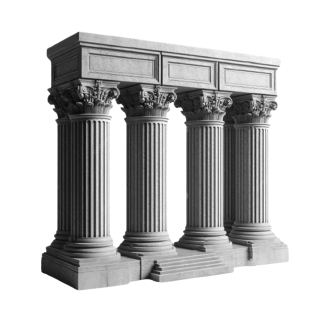
Overview
Tuscany's third-largest city is a quintessential port town with a colourful history and cosmopolitan heritage. Declared a free port in the 17th century, Livorno (Leghorn in English) attracted traders from across the globe, who brought with them new customs and habits, exotic goods, slaves and foreign forms of worship. The result was a city famed throughout Europe for its multiculturalism. Today its seafood is the best on the Tyrrhenian coast, its shabby historic quarter threaded with Venetian-style canals is full of character, and its elegant belle époque buildings offer evocative reminders of a prosperous past. An easy train trip from Florence, Pisa and Rome, it makes an understated but undeniably worthwhile stop on any Tuscan itinerary.
Leave the planning to a local expert
Experience the real Livorno. Let a local expert handle the planning for you.
Must-see attractions
Get a book. Get inspired. Get exploring.
in partnership with getyourguide











